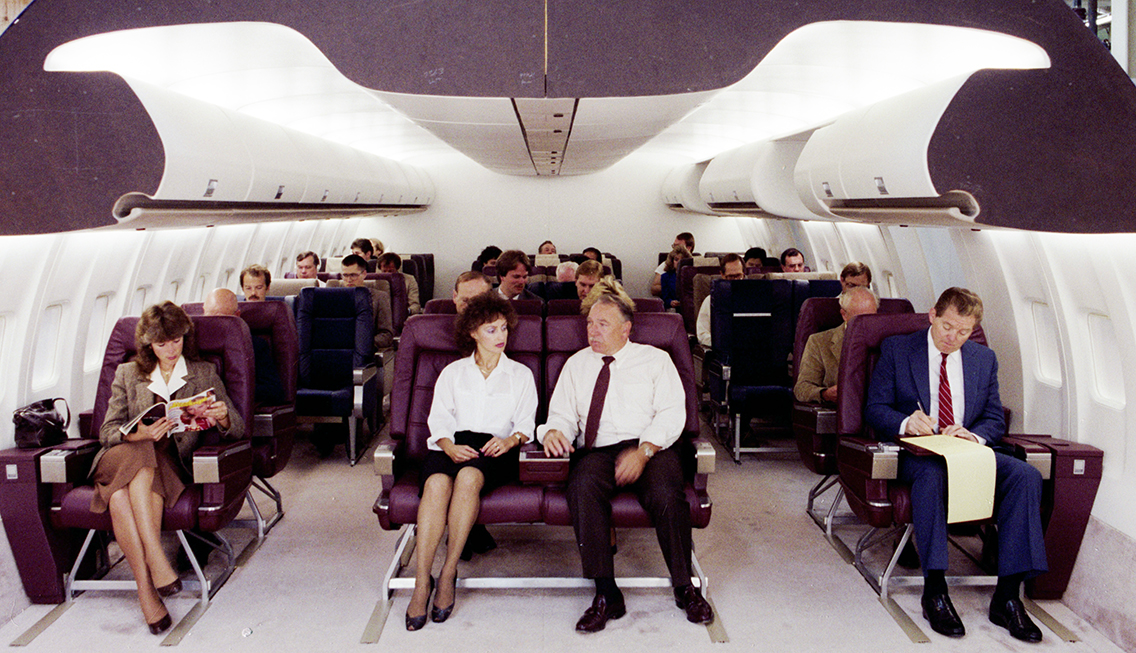The basic configuration seems pretty well decided upon. In June Boeing defined two versions – the NMA-6 (797-6) with 228-passenger, 4,500nm (8,300km) and the NMA-7 (797-7) which would seat 267 in two classes with 4,200nm range.
The 797-6 would be launched first, followed by the larger 797-7. Range appears to be closing in on 4,500 nm (8300km). This range allows it to do the vast majority of routes that Asian airlines currently fly with A330s as well as most interesting trans-Pacific routes and all trans-Atlantic routes.
By not pushing the range further, the 797 will have reduced structural weight and thus cost.
It sounds like the engineering design is progressing so they can work on what the production methods will look like to have a better understanding of cost.
“It takes a long time to get it right,” Boeing Commercial Airplanes v-p of marketing Randy Tinseth told AIN, rebuffing suggestions that the NMA process appears elongated. Boeing started talking about a potential replacement for its 757 in 2012 and the new model would enter service in the middle of the next decade. “Maybe this is an airplane where we are a little more boisterous in the market on what we are thinking and planning,” he reckoned.
The development of the business case for Boeing’s proposed NMA, a midsize airliner with 220 to 270 seats and a range of 5,000 nm, continues apace, Tinseth said. “We engaged with our customers, we worked to understand the market. There is not a lot to share about what has changed because what we are doing now is really inside [Boeing],” he said. The OEM is considering available technologies, production systems and capabilities, and whether or not it can build the new model at a cost that the market would accept. Boeing will decide on the plan next year, he stressed, though he cautioned the decision will depend purely on the business case. “There have been times where we worked really hard on programs and we decided they would not be economically viable,” he said.
Doing more planning work up front to ensure that the plane can be produced at the price airlines are willing to pay sounds like a smart move. Some may be impatient waiting for launch or questioning the viability of the plane due to the lengthy pre launch phase, but it is important to remember that launch comes with orders from airlines. Orders mean pricing is negotiatied, performance guarantees are made, and delivery dates are established. It may be worthwhile waiting to launch and do it correctly rather than having the program go late, over budget or fail to meet performance guarantees.
https://www.ainonline.com/aviation-news/air-transport/2018-11-27/boeing-homes-nma-business-caseExpect a twin isle with a two-three-two seating configuration. similar to shown below.
